
Björkliden: Sweden's Pristine Arctic Wonderland
Discover Björkliden, Sweden's hidden gem in Lapland, where Arctic adventures meet Sami culture amidst breathtaking landscapes and natural wonders.
Nestled in the heart of Swedish Lapland, Björkliden is a paradise for nature lovers and adventure seekers alike. This enchanting destination offers breathtaking views of the majestic Lapporten valley and the serene Torneträsk Lake. With its untouched wilderness, visitors can immerse themselves in the stunning landscapes and experience the true essence of the Arctic. During the winter months, Björkliden transforms into a snowy wonderland perfect for skiing, snowboarding, and snowshoeing. The Northern Lights frequently illuminate the night sky, creating a magical backdrop for unforgettable winter adventures. In summer, the midnight sun bathes the region in a golden glow, providing endless daylight hours to explore the rugged mountains and lush valleys. Björkliden is not just about outdoor activities. The region is steeped in rich Sami culture and history. Visitors can learn about the indigenous Sami people, their traditions, and their way of life. The local cuisine, featuring reindeer meat and Arctic char, is a must-try for food enthusiasts. Whether you're looking for thrilling outdoor pursuits or a peaceful retreat in nature, Björkliden promises an authentic and memorable Swedish experience.
Local tips in Björkliden
- Visit between September and March for the best chances to see the Northern Lights.
- Bring warm clothing, even in summer, as temperatures can drop unexpectedly.
- Consider renting a car for easier access to nearby attractions and flexibility in exploring the area.
- Try local dishes such as reindeer stew and Arctic char for an authentic taste of Lapland.
- Book activities and accommodations in advance, especially during peak seasons.
Björkliden: Sweden's Pristine Arctic Wonderland
Nestled in the heart of Swedish Lapland, Björkliden is a paradise for nature lovers and adventure seekers alike. This enchanting destination offers breathtaking views of the majestic Lapporten valley and the serene Torneträsk Lake. With its untouched wilderness, visitors can immerse themselves in the stunning landscapes and experience the true essence of the Arctic. During the winter months, Björkliden transforms into a snowy wonderland perfect for skiing, snowboarding, and snowshoeing. The Northern Lights frequently illuminate the night sky, creating a magical backdrop for unforgettable winter adventures. In summer, the midnight sun bathes the region in a golden glow, providing endless daylight hours to explore the rugged mountains and lush valleys. Björkliden is not just about outdoor activities. The region is steeped in rich Sami culture and history. Visitors can learn about the indigenous Sami people, their traditions, and their way of life. The local cuisine, featuring reindeer meat and Arctic char, is a must-try for food enthusiasts. Whether you're looking for thrilling outdoor pursuits or a peaceful retreat in nature, Björkliden promises an authentic and memorable Swedish experience.
When is the best time to go to Björkliden?
Iconic landmarks you can’t miss
Drottningholm Palace
Explore Drottningholm Palace, a UNESCO World Heritage site, showcasing Sweden's royal history, stunning architecture, and beautiful gardens.
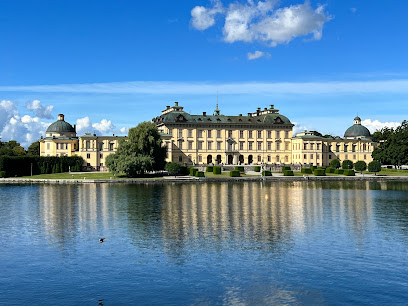
Björkö-Birka (Island in Lake Mälaren with remnants of the former trading town Birka)
Discover the ancient Viking trading town of Birka on Björkö Island, a UNESCO World Heritage Site, blending history and nature in Lake Mälaren.
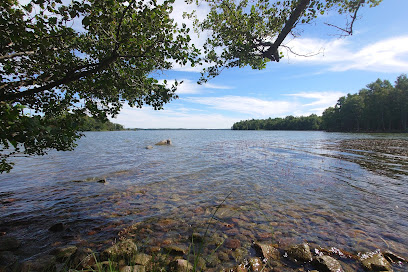
Unmissable attractions to see
Humlegården
Explore the lush landscapes and historical allure of Humlegården, a serene park in Stockholm perfect for relaxation and cultural enrichment.
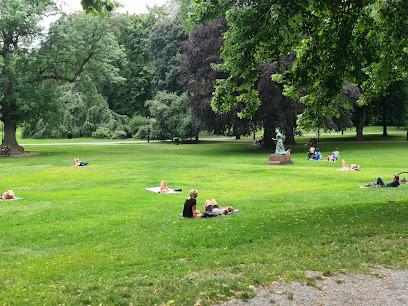
Skansen Aquarium
Explore Skansen Aquarium in Stockholm, where the wonders of marine and exotic wildlife come alive in a captivating setting perfect for family adventures and learning.
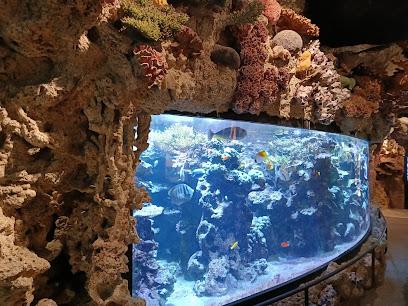
Gammelstad Church Town
Explore Gammelstad Church Town, a UNESCO World Heritage site filled with wooden houses and rich Swedish history, perfect for cultural enthusiasts and photographers.
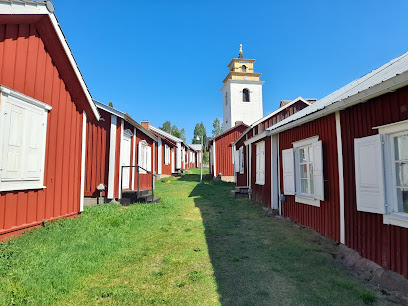
Prins Eugens Waldemarsudde
Experience the beauty of Swedish art and nature at Prins Eugens Waldemarsudde, Stockholm's premier art museum with breathtaking views.
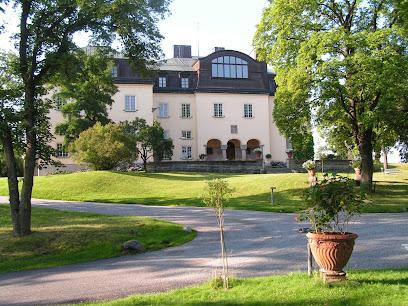
Stockholm Stadium
Discover Stockholm Stadium: A historic sports venue where passion for soccer and rich heritage converge in the heart of Sweden's capital.
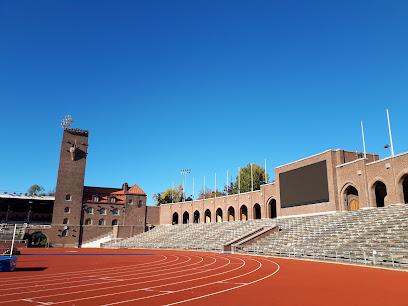
Casino Cosmopol Stockholm
Discover the excitement of Casino Cosmopol Stockholm, where gaming, dining, and entertainment come together in a stunning setting in the heart of the city.
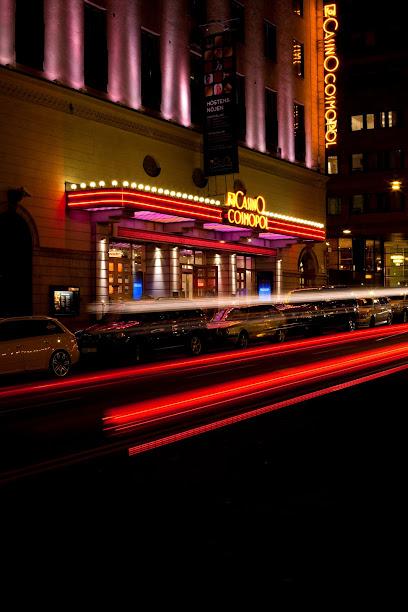
Fjällnora naturreservat
Experience the beauty of Fjällnora Naturreservat, a serene retreat in Uppsala perfect for outdoor adventures, relaxation, and exploring nature's splendor.
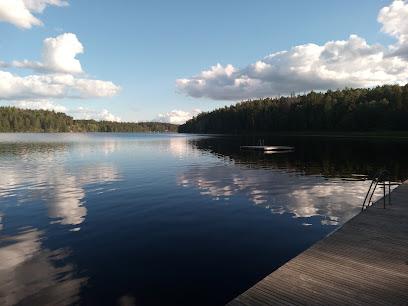
Brunkeberg Tunnel
Experience the fascinating history and vibrant culture of Stockholm as you stroll through the iconic Brunkeberg Tunnel, a pedestrian passage rich in art and stories.
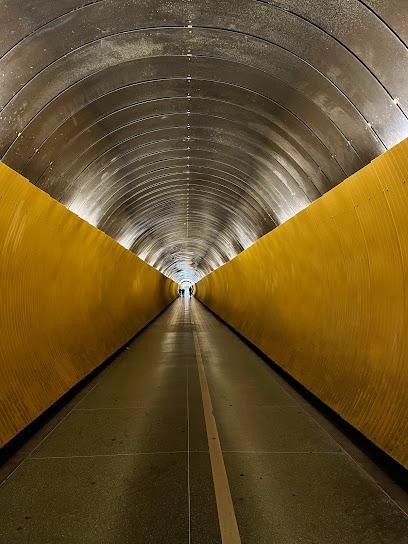
Norrbottens museum
Explore the unique heritage of Norrbotten at Norrbottens Museum – a captivating journey into the culture and nature of northern Sweden.

Hamra National Park
Discover the natural splendor of Hamra National Park, a captivating destination for hikers and nature lovers in Sweden's stunning wilderness.
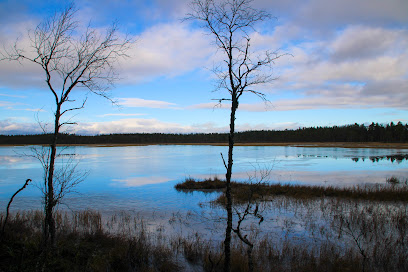
Teater Rival
Discover the vibrant Teater Rival in Stockholm, where captivating performances meet exquisite dining in a stunning historic setting.

Gröntjärn
Explore the tranquility of Gröntjärn National Reserve, a hidden paradise in Ljusdal, Sweden, perfect for nature lovers and outdoor enthusiasts.
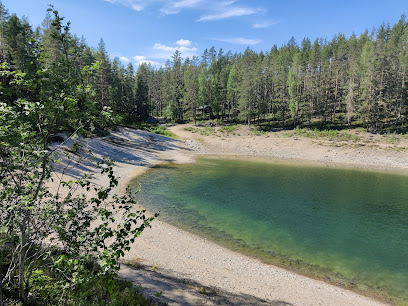
Smart Park Family Park
Discover the thrill of Smart Park Family Park, an enchanting theme park in the Åland Islands, perfect for families and fun seekers alike.
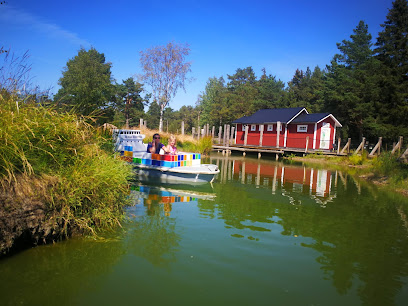
Drottninggatan
Explore the vibrant Drottninggatan in Stockholm, a pedestrian street filled with shopping, dining, and cultural experiences in the heart of the city.
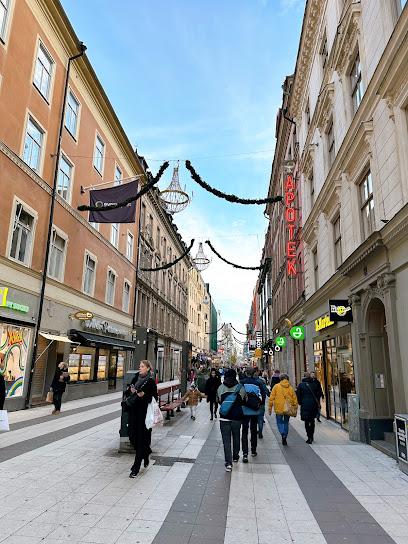
Sigtuna Town Hall
Explore Sigtuna Town Hall, a historic gem in Sweden's oldest town, surrounded by stunning architecture and rich cultural heritage.
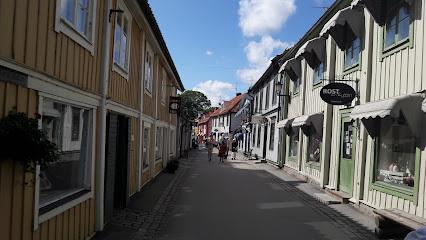
Markets, malls and hidden boutiques
Westfield Mall of Scandinavia
Discover the ultimate shopping experience at Westfield Mall of Scandinavia, featuring over 250 stores, diverse dining options, and entertainment in the heart of Solna.
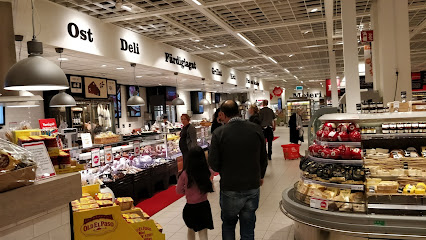
Åhléns City
Experience the charm of Åhléns City, the premier shopping destination in Stockholm, blending fashion, beauty, and lifestyle under one roof.

Kista Galleria
Explore Kista Galleria, a vibrant shopping mall in Sweden offering shopping, dining, and entertainment under one roof.
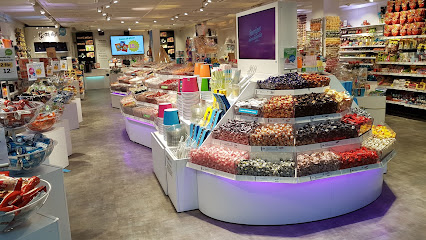
Westfield Täby Centrum
Experience the best of shopping, dining, and entertainment at Westfield Täby Centrum, a must-visit destination near Stockholm.
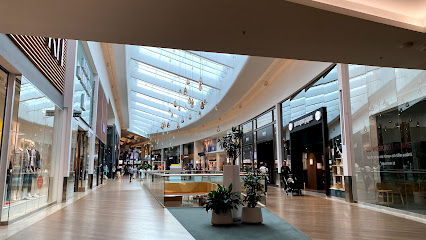
NK Stockholm
Explore NK Stockholm, the ultimate destination for luxury shopping, gourmet food, and Swedish design in the heart of the city.
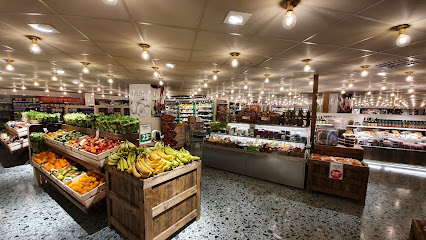
NK Göteborg
Discover NK Göteborg, a premier department store in Gothenburg with luxury shopping, fine dining, and cultural experiences all in one place.
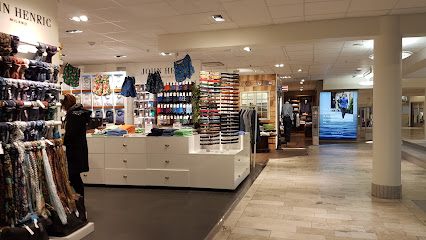
Stora Coop
Experience the essence of Swedish everyday life at Stora Coop in Huddinge, a vibrant supermarket filled with local flavors and fresh produce.
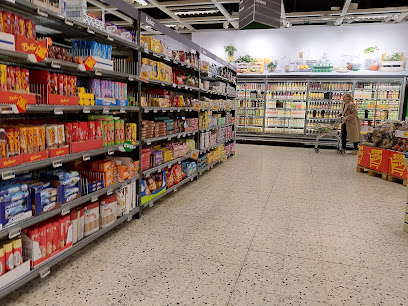
Götlunda Glass
Discover the sweet taste of tradition at Götlunda Glass, an artisanal ice cream shop in Arboga, Sweden, known for its unique flavors and quality ingredients.
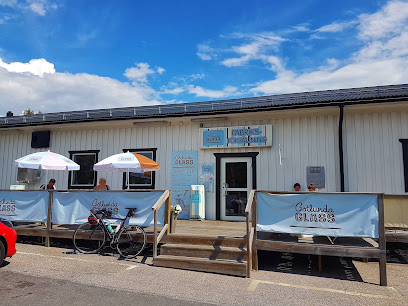
Glass & Berså Arboga
Discover the sweetest sanctuary in Arboga at Glass & Berså, where every sundae is a masterpiece waiting to be enjoyed.

Gröna Stugan
Discover the cozy atmosphere of Gröna Stugan, a charming restaurant and coffee shop in Sundbyberg, offering delicious meals and aromatic coffee.
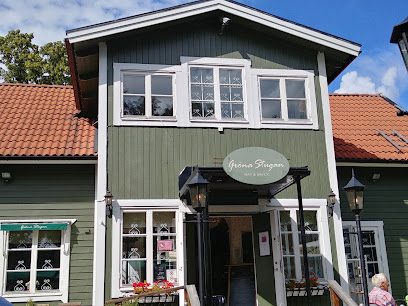
Old Town Polkagriskokeri AB
Discover the enchanting Old Town Polkagriskokeri AB, where Swedish candy-making meets a delightful shopping experience in Stockholm's historic heart.
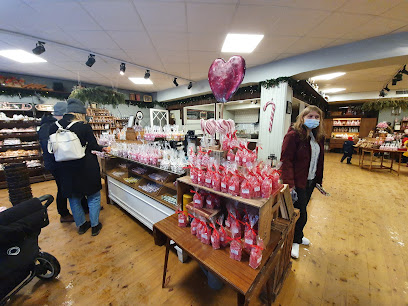
Järvsö Bergscykel Park
Discover the breathtaking trails and vibrant atmosphere of Järvsö Bergscykel Park, Sweden's premier cycling destination for all skill levels.

Parking - Ale Torg
Experience the best of shopping and dining at Ale Torg, Nödinge's premier shopping mall with something for everyone.
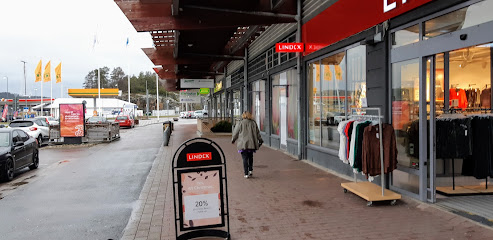
Beamhill
Explore Beamhill in Helsinki for a stylish selection of clothing and shoes, embodying the best of Finnish fashion.
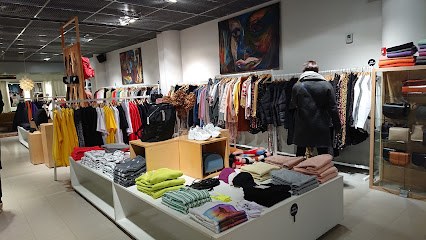
Coop Bygg
Explore authentic Swedish culture at Coop Bygg in Skellefteå, your go-to grocery and building materials store for local delights.
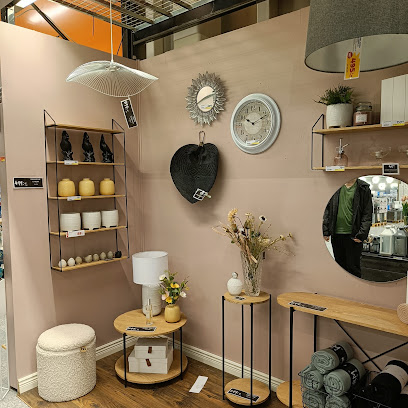
Essential bars & hidden hideouts
Hard Rock Cafe
Immerse yourself in the vibrant American culture at Hard Rock Cafe Stockholm, where delicious cuisine meets rock history in a lively atmosphere.
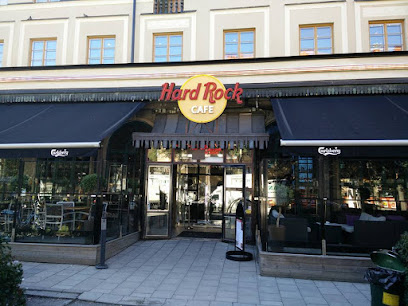
ICEBAR Stockholm by ICEHOTEL
Discover the extraordinary ICEBAR Stockholm by ICEHOTEL, where icy artistry and innovative cocktails create a unique nightlife experience in the heart of Sweden.
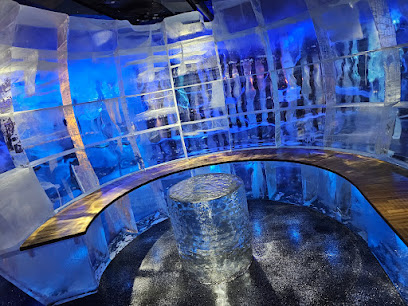
The Winery Hotel
Discover the unique charm of The Winery Hotel in Solna, Sweden, where luxury meets a delightful wine experience in a stunning setting.
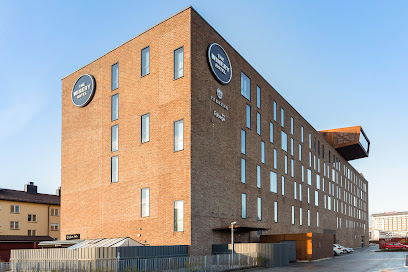
Rockbaren
Discover Gothenburg's rock scene at Rockbaren, where live music meets an inviting atmosphere and budget-friendly dining options.
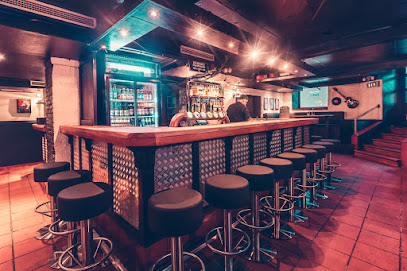
The Bishops Arms - Jönköping
Discover the charm of Swedish pub culture at The Bishops Arms in Jönköping, where great beer meets delicious food in a cozy atmosphere.
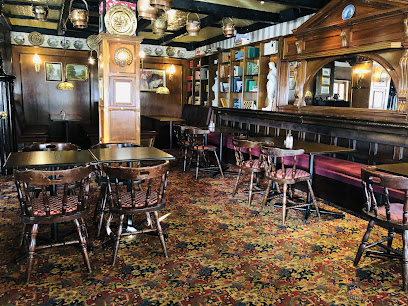
Glass & Berså Arboga
Explore the delightful world of sundaes and desserts at Glass & Berså Arboga, a must-visit destination for ice cream lovers.
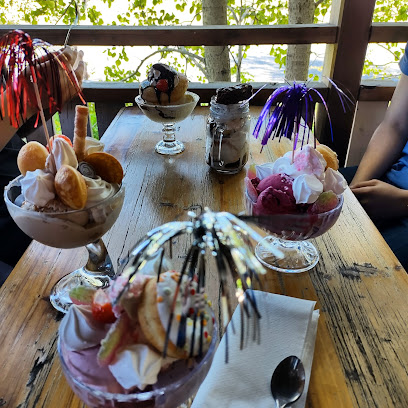
Gröna Stugan
Discover the culinary charm of Gröna Stugan in Sundbyberg, where delicious food meets a cozy coffee shop atmosphere, ideal for every tourist's palate.
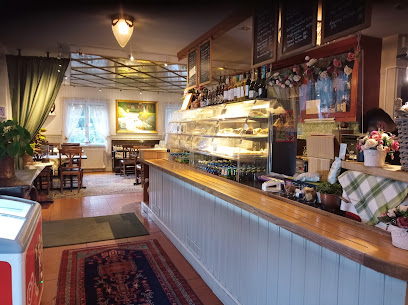
The Capital
Discover the vibrant cocktail scene at The Capital in Stockholm, where exquisite drinks meet stunning views of the city.
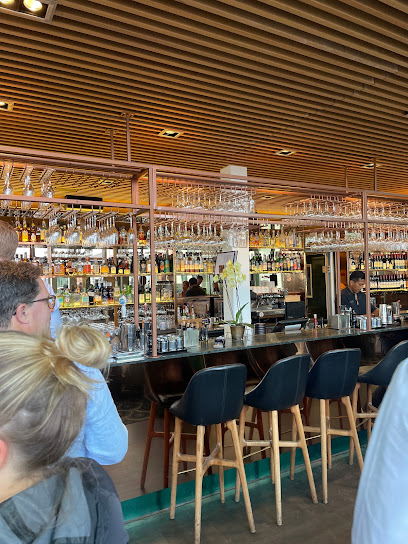
Highbar Stockholm
Discover Highbar Stockholm, where innovative cocktails and stunning views combine to create an unforgettable nightlife experience in the heart of the city.
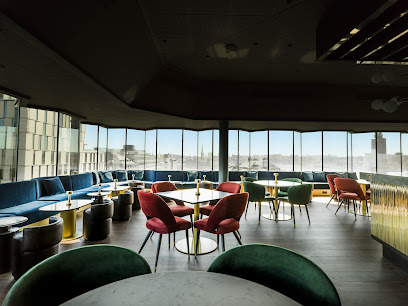
Stockholm Under Stjärnorna
Discover the vibrant nightlife of Stockholm Under Stjärnorna, a celestial bar offering stunning views, delightful drinks, and an unforgettable atmosphere.

Takpark by Urban Deli
Experience stunning views and delicious cuisine at Takpark by Urban Deli, Stockholm's premier rooftop bar for an unforgettable night out.

Tiki Room
Experience the vibrant spirit of Tiki Room in Stockholm, where exotic cocktails and a tropical ambiance transport you to paradise.

TaKeT Rooftop Bar
Discover Gothenburg's charm at TaKeT Rooftop Bar, where breathtaking views and a lively ambiance await every visitor.

3Sixty Skybar
Experience stunning views and exquisite dining at 3Sixty Skybar, Stockholm's premier rooftop destination for unforgettable moments.

Vallhalla
Discover Vallhalla, Grytgöl's cozy bar, offering an inviting atmosphere and a diverse drink selection for a memorable night out.

Local Phrases about Björkliden
-
- HelloHej
[hey] - GoodbyeAdjö
[ad-yo] - YesJa
[ya] - NoNej
[nay] - Please/You're welcomeSnälla
[snell-a] - Thank youTack
[tahck] - Excuse me/SorryUrsäkta mig
[ur-sak-ta may] - How are you?Hur mår du?
[hur mor doo] - Fine. And you?Bra. Och du?
[bra. ock doo] - Do you speak English?Talar du engelska?
[tah-lar doo engelska] - I don't understandJag förstår inte
[yag for-stor in-te]
- HelloHej
-
- I'd like to see the menu, pleaseJag skulle vilja se menyn, tack
[yag skool-e vil-ya say men-in, tahck] - I don't eat meatJag äter inte kött
[yag et-er in-te chot] - Cheers!Skål!
[skawl] - I would like to pay, pleaseJag skulle vilja betala, tack
[yag skool-e vil-ya bet-ah-la, tahck]
- I'd like to see the menu, pleaseJag skulle vilja se menyn, tack
-
- Help!Hjälp!
[yelp] - Go away!Gå bort!
[gow bort] - Call the Police!Ring polisen!
[ring pol-ee-sen] - Call a doctor!Ring en läkare!
[ring en leh-car-eh] - I'm lostJag är vilse
[yag air vil-se] - I'm illJag är sjuk
[yag air shoo-k]
- Help!Hjälp!
-
- I'd like to buy...Jag skulle vilja köpa...
[yag skool-e vil-ya choppa] - I'm just lookingJag tittar bara
[yag tit-ar bara] - How much is it?Hur mycket kostar det?
[hur mook-et kost-ar det] - That's too expensiveDet är för dyrt
[det air for deert] - Can you lower the price?Kan du sänka priset?
[kan doo sang-ka pris-et]
- I'd like to buy...Jag skulle vilja köpa...
-
- What time is it?Vad är klockan?
[vad air klok-an] - It's one o'clockDen är ett
[den air et] - Half past (10)Halv tio
[halv tee-oh] - MorningMorgon
[mor-gon] - AfternoonEftermiddag
[eft-er-meed-dag] - EveningKväll
[kvell] - YesterdayIgår
[ee-gor] - TodayIdag
[ee-dag] - TomorrowImorgon
[ee-mor-gon] - 1En
[en] - 2Två
[tvoh] - 3Tre
[treh] - 4Fyra
[feer-ah] - 5Fem
[fem] - 6Sex
[seks] - 7Sju
[shoo] - 8Åtta
[ot-ta] - 9Nio
[nee-oh] - 10Tio
[tee-oh]
- What time is it?Vad är klockan?
-
- Where's a/the...?Var finns en/den...?
[var fins en/den] - What's the address?Vad är adressen?
[vad air ad-res-sen] - Can you show me (on the map)?Kan du visa mig (på kartan)?
[kan doo vee-sa may (po kart-an)] - When's the next (bus)?När går nästa (buss)?
[nair gor nes-ta (booss)] - A ticket (to ....)En biljett (till ....)
[en bil-yet (teel)]
- Where's a/the...?Var finns en/den...?
History of Björkliden
-
Björkliden's history is deeply intertwined with the Sami people, the indigenous inhabitants of the region. Long before modern infrastructure reached this remote part of Sweden, the Sami had established their own settlements, living in harmony with the land. They relied on reindeer herding, fishing, and hunting for sustenance. The area's rugged terrain and harsh climate shaped their resilient culture, which remains an integral part of Björkliden's identity today.
-
In the early 20th century, the construction of the Iron Ore Railway (Malmbanan) marked a significant turning point for Björkliden. This railway was built to transport iron ore from the mines in Kiruna to the port of Narvik in Norway. The arrival of the railway brought increased accessibility to the area, fostering economic growth and development. Björkliden became an important stop along the route, serving as a hub for travelers and workers alike.
-
During World War II, Sweden maintained a policy of neutrality, but the strategic importance of the Iron Ore Railway meant that Björkliden and the surrounding region were not entirely untouched by the conflict. The railway was crucial for supplying iron ore to both Axis and Allied powers. This period saw heightened military presence and infrastructure improvements, which have left lasting marks on the region. Remnants of military installations can still be found in and around Björkliden, serving as silent witnesses to this tumultuous time.
-
The post-war era marked the beginning of Björkliden's transformation into a sought-after tourist destination. The stunning natural beauty of the area, characterized by its majestic mountains and pristine lakes, attracted outdoor enthusiasts and nature lovers. The establishment of ski resorts and lodges capitalized on the region's snowy winters, making Björkliden a popular destination for skiing and other winter sports. This shift towards tourism continues to shape the local economy and culture.
-
Despite modernization and the influx of tourists, the cultural heritage of the Sami people remains an integral part of Björkliden's identity. Visitors have the opportunity to learn about Sami traditions, including their unique language, music, and crafts. Reindeer herding remains an important aspect of Sami life, and visitors can experience this ancient practice firsthand. The preservation and celebration of Sami culture are central to the community's efforts to maintain a connection to their ancestral roots.
-
In recent years, Björkliden has become a model for environmental conservation and sustainability. The region's pristine natural landscapes are protected through various conservation initiatives aimed at preserving its unique flora and fauna. Eco-friendly tourism practices are encouraged, and efforts are made to minimize the environmental impact of tourism. These initiatives ensure that Björkliden remains a haven for nature lovers while safeguarding its natural beauty for future generations.
Björkliden Essentials
-
Björkliden is located in the northern part of Sweden, within the Arctic Circle. The nearest major airport is Kiruna Airport (KRN), which is about 90 kilometers away. From Kiruna, you can take a taxi, rent a car, or use public transportation such as buses or trains to reach Björkliden. The train journey offers stunning views of the Swedish Lapland and typically takes around 1.5 hours.
-
Björkliden is a small village, making it easy to explore on foot. For traveling to nearby attractions, you can use local buses or rent a car. The local bus service connects Björkliden with Kiruna and other nearby destinations. Taxis are available but can be expensive. If you plan to explore the surrounding areas, renting a car is a convenient option.
-
The official currency in Sweden is the Swedish Krona (SEK). Credit and debit cards are widely accepted in Björkliden, including in hotels, restaurants, and shops. However, it is advisable to carry some cash for smaller establishments or when visiting more remote areas. ATMs are available in Kiruna, so it is a good idea to withdraw cash before heading to Björkliden.
-
Björkliden is generally a safe destination for tourists. Crime rates are very low, and violent crime is rare. However, it is always wise to take standard precautions such as keeping an eye on your belongings and avoiding isolated areas at night. There are no specific high-crime areas targeting tourists in Björkliden.
-
In case of emergency, dial 112 for immediate assistance. This number can be used for police, fire, and medical emergencies. Björkliden has a first aid station, but for more serious medical issues, you may need to travel to the nearest hospital, which is in Kiruna. It is recommended to have travel insurance that covers medical emergencies and outdoor activities, especially if you plan to engage in hiking or skiing.
-
Fashion: Do dress warmly, especially in winter, as temperatures can drop significantly. Layering is key. Avoid wearing overly flashy clothing. Religion: Do respect local customs, but note that Sweden is largely secular. Public Transport: Do be punctual and respectful on public transport. Don't be loud or disruptive. Greetings: Do greet people with a friendly 'Hej' (hello) and a handshake. Swedes value personal space, so avoid hugging or touching people you don't know well. Eating & Drinking: Do try local dishes like reindeer meat and Arctic char. Don't leave food on your plate; it can be seen as wasteful.
-
To experience Björkliden like a local, engage in outdoor activities such as hiking, skiing, and ice fishing. Visit the local Sámi communities to learn about their culture and traditions. Don't miss the opportunity to see the Northern Lights, especially in the winter months. For a unique dining experience, try a traditional Swedish fika (coffee break) with pastries at a local cafe.
Nearby Cities to Björkliden
-
Things To Do in Uppsala
-
Things To Do in Västerås
-
Things To Do in Norrköping
-
Things To Do in Örebro
-
Things To Do in Linköping
-
Things To Do in Visby
-
Things To Do in Karlstad
-
Things To Do in Turku
-
Things To Do in Jönköping
-
Things To Do in Kärdla
-
Things To Do in Kuressaare
-
Things To Do in Ventspils
-
Things To Do in Kalmar
-
Things To Do in Haapsalu
-
Things To Do in Kuldiga








